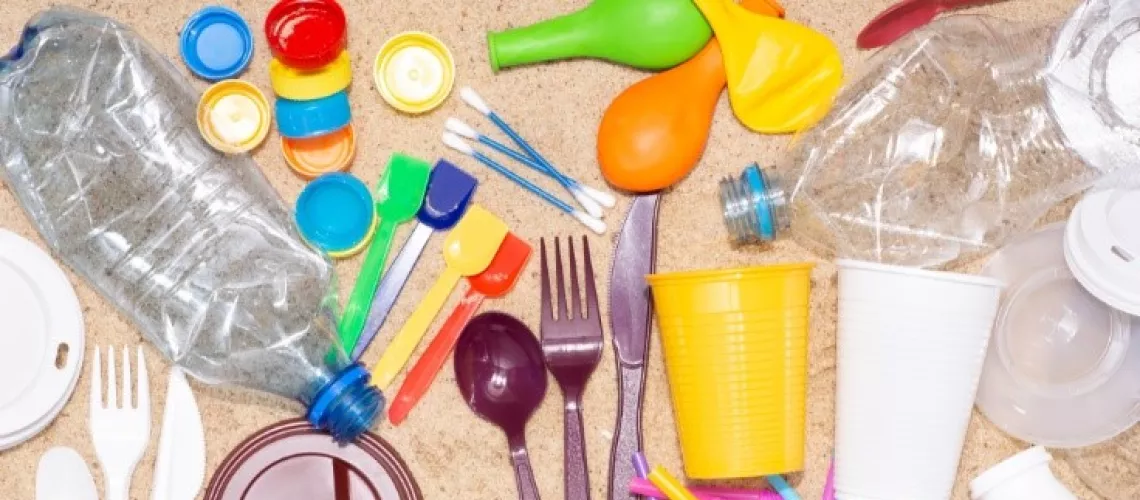Plastic Teflon are two commonly used materials in our daily lives. While plastic is known for its versatility and affordability, Teflon is famous for its non-stick properties. However, the widespread use of these materials has led to severe environmental impacts, including pollution, waste, and health risks.
Plastic is a synthetic polymer made from fossil fuels such as crude oil and natural gas. It is used in various products, including packaging, bottles, and containers. While plastic is durable and can withstand a wide range of temperatures, it is also non-biodegradable, meaning it does not decompose easily. As a result, plastic waste accumulates in landfills, oceans, and other natural environments, leading to environmental degradation and harming wildlife.
Furthermore, plastic is a significant contributor to climate change. The production and disposal of plastic emit greenhouse gases, contributing to global warming. The recycling process is also energy-intensive, requiring a significant amount of resources to break down plastic into its original components.
On the other hand, Teflon is a synthetic fluoropolymer that is used in non-stick cookware, textiles, and electronics. While Teflon is known for its non-stick properties and durability, it is also associated with environmental and health concerns. The production of Teflon requires the use of per fluorinated chemicals (PFCs), which are persistent and bio accumulative, meaning they do not break down in the environment and accumulate in the food chain.
Moreover, PFCs have been linked to health issues such as cancer, reproductive problems, and immune system damage. When Teflon products are heated to high temperatures, they release toxic fumes that can be harmful to humans and pets.
While plastic and Teflon have benefits in terms of their versatility and properties, their widespread use has led to significant environmental impacts and health risks. Therefore, it is essential to find alternatives to these materials and adopt sustainable practices that reduce their use and impact. This includes reducing plastic waste through recycling, reducing consumption, and adopting eco-friendly alternatives to Teflon products. By doing so, we can protect the environment and our health for future generations.
Table of Contents
Plastic molding is a process of creating plastic parts by injecting molten plastic into a mold.
Plastic molds are the tools that shape the plastic into the desired form. Making plastic mold requires a combination of technical skill, experience, and attention to detail. In this article, we will provide a step-by-step guide on how to make plastic molds.
Step 1: Design the Mold
The first step in making a plastic mold is to design the mold. This involves creating a 3D model of the part that you want to create, and then designing the mold around it.
Step 2: Choose the Right Material
The next step is to choose the right material for your mold. Typically, molds are made from metal, such as aluminum or steel.
Step 3: CNC Machining
Once you have designed the mold and chosen the material, the next step is to use a CNC machine to create the mold. CNC machining is a process that uses computer-controlled machines to create precise and complex parts.
Step 4: Polishing
After the mold has been CNC machined, it needs to be polished to ensure that the surface is smooth and free from any imperfections. Polishing is typically done using a combination of sandpaper and polishing compounds.
Step 5: Mold Testing
Once the mold has been polished, it is time to test it. This involves injecting molten plastic into the mold and checking that the finished part meets the required specifications.
Making plastic molds requires a combination of technical skill, experience, and attention to detail. By following the steps outlined above, you can create a high-quality plastic mold that will produce accurate and consistent plastic parts.
Containers play an important role in the preservation and efficacy of skin care products.
Choosing the right container can prevent degradation, contamination, and oxidation of the product. There are various types of containers available such as jars, bottles, pumps, droppers, and airless pumps. Jars are great for thicker creams and balms, while bottles are ideal for liquids and serums.
Pumps and droppers offer controlled dispensing, while airless pumps prevent oxidation and contamination. It’s important to consider the material of the container as well. Glass is a good option for protecting the product from UV light, while plastic is lightweight and shatterproof. Ultimately, the choice of container should be based on the specific needs and characteristics of the skin care product. Read more. containers for skin care products





